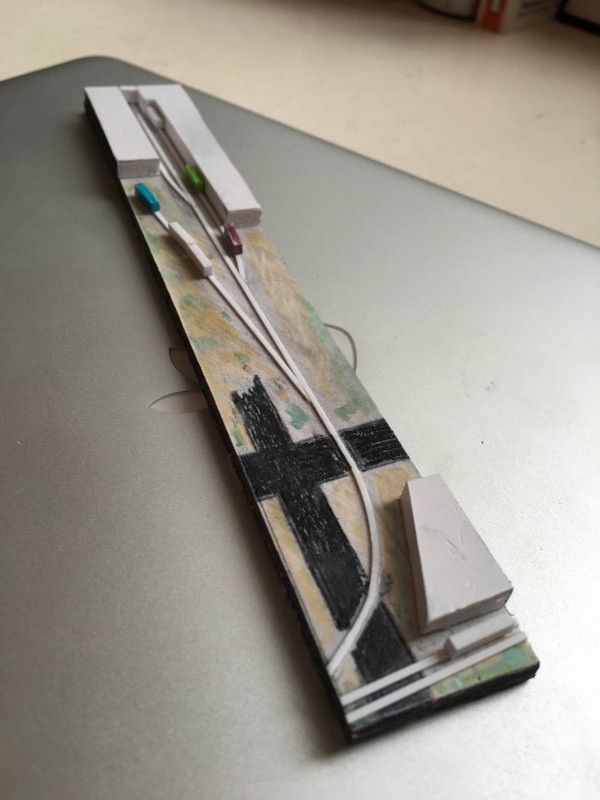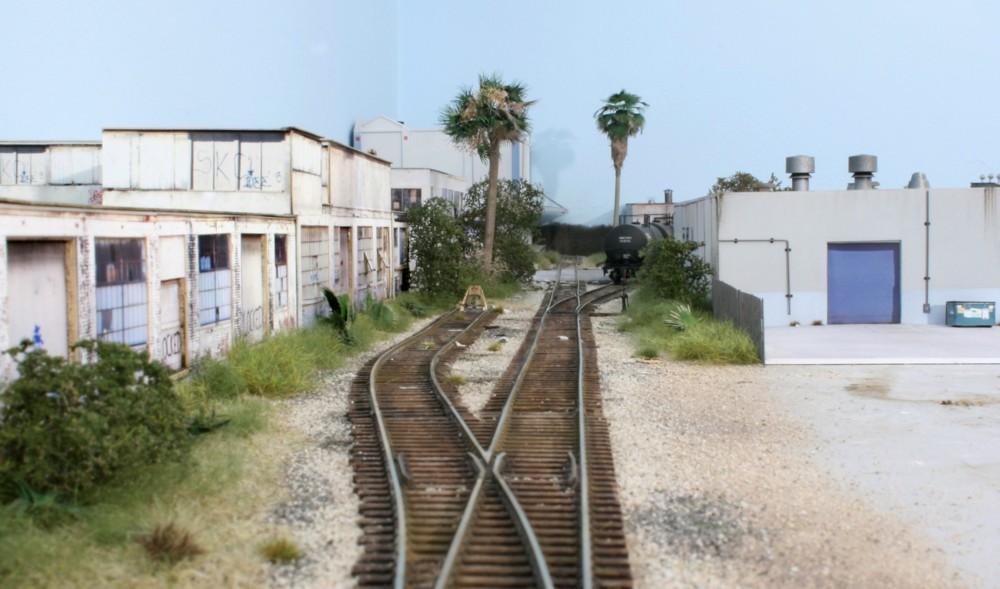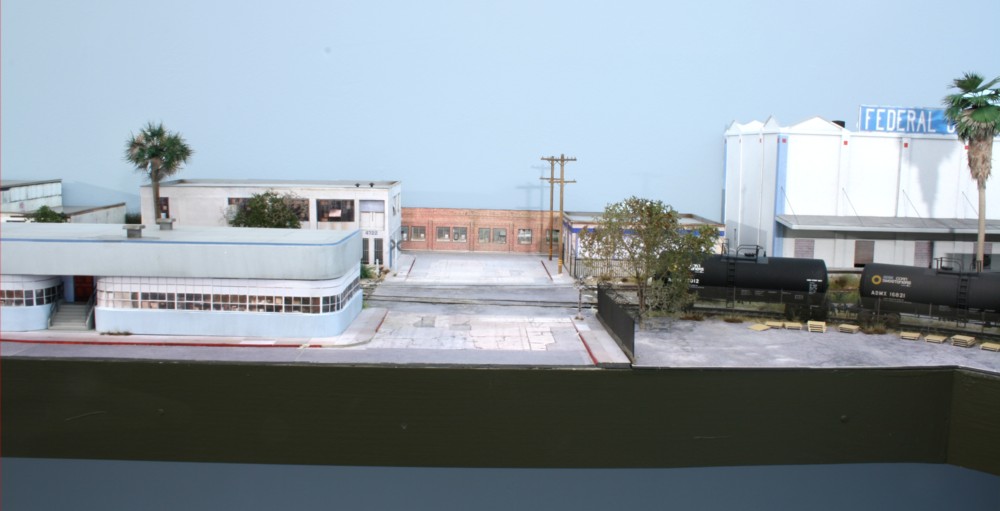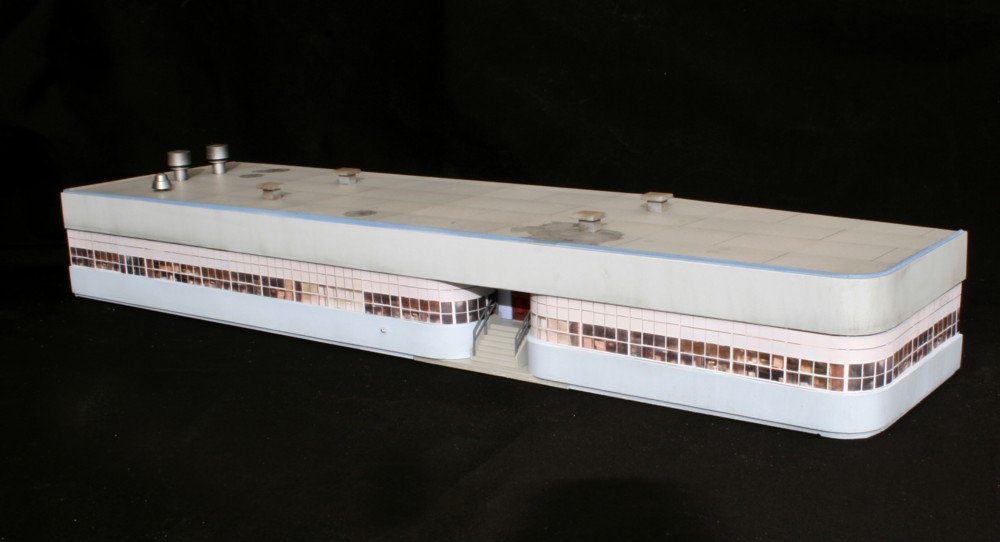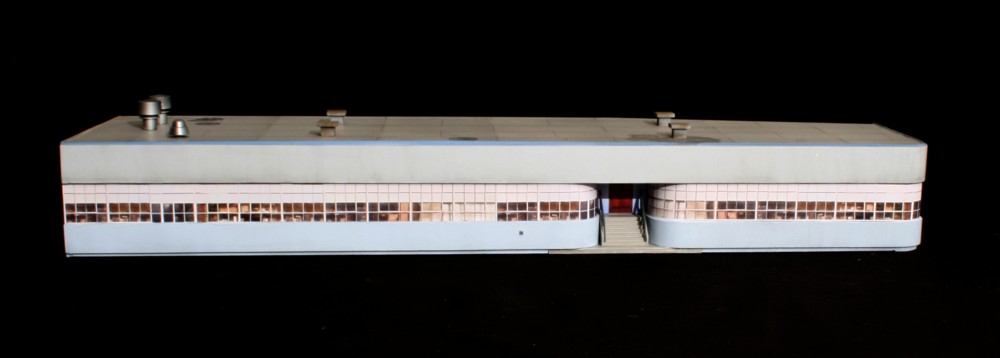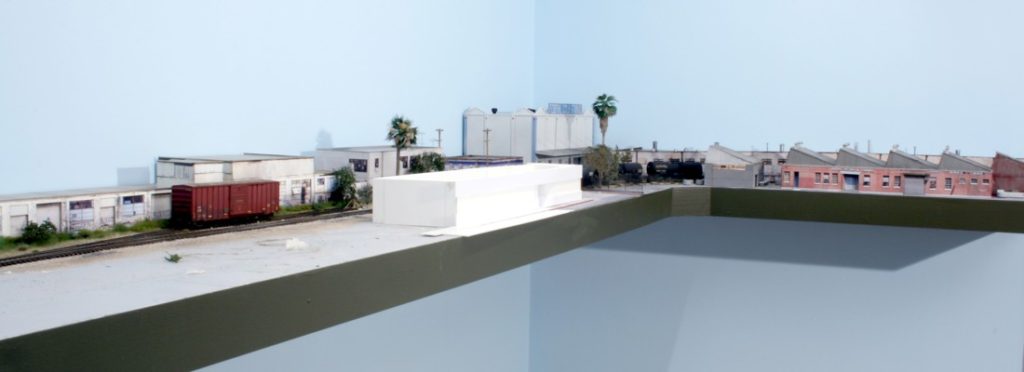
What the hell are you doing?
The frequent questions about my LAJ layout, all well meaning and coming from long time ‘friends of the cause’, have been posed in the most delicate and diplomatic manner. Translated into plain English however, they boil down to, “What the heck are you trying to accomplish with the layout because it looks like a tiny shelf full of nothing! Is it just a test platform? That’s all I can think of because I can’t see how there is enough there to provide any real satisfaction.” Left unsaid, “Have you lost your mind?!”
While I do appreciate the mental health check-ins, at least when it comes to model railroading, I don’t think I’ve slipped over the edge….. at least not yet. There is a method to my madness.
The hobby is a pastime. It’s recreation. As such, when you separate the wheat from the chaff, you want to find a way to engage in it that maximizes your satisfaction. You could have a scenery free, three-rail layout with slot cars looping through it, but if at the end of the day that leaves you smiling then the project is an unqualified success.
To hit that target, however, requires a fair amount of self awareness if you want to come up with a plan that will zero in on your true interests, hold those interests for the long run, minimize frustrations, and maximize your satisfaction. Introspection isn’t always easy and the path is often littered with layouts that taught us what we don’t like but didn’t know going in. Each evolution, hopefully, is a learning experience from which we can get closer to hitting our target.
As we go down that path, it takes more than a little self-discipline to ignore the well-intentioned advice of how we “should” enjoy the hobby. Should a layout be operations-oriented? No, not if you that’s not your interest. Should a layout be realistic? No, it doesn’t have to be. Should a layout be large or contain dramatic scenery? No. Should a layout be completely finished? No. There are no “shoulds”.
As we zero in our target of planning a layout that meets our personal interests, consideration needs to be given to that subtle component called time. Time, in all its aspects, plays a dominant role in whether we are blissfully content or miss the mark.
- How much time do I have to spend on the layout?
- Which activities do I want to be engaged in during that available time?
- How long do I want an operating session to last?
- Do I want to spend my available time covering a small area with high levels of detail or larger areas with a more basic/representative detail level?
- How long will I live in my present home?
So, to answer everybody’s questions, no the LAJ layout isn’t a test bed but rather the result of my answers to the above questions. I want a highly detailed urban layout. I want to fulfill my lifelong interest in finally modeling at least a portion of the LAJ. I want a design that can sustain thirty to forty-five-minute op. sessions (but really doesn’t need to sustain anything longer). My available hobby time isn’t what it used to be and I need to factor that in if I’d like the layout to be mostly complete in the next eighteen months. When I pick up my throttle I want to feel transported to the dry heat of LA and run under the palms and past iconic art deco structures. That’s what I’m up to.
Keeping checking in everybody as you never know when I truly will go off the deep end!
